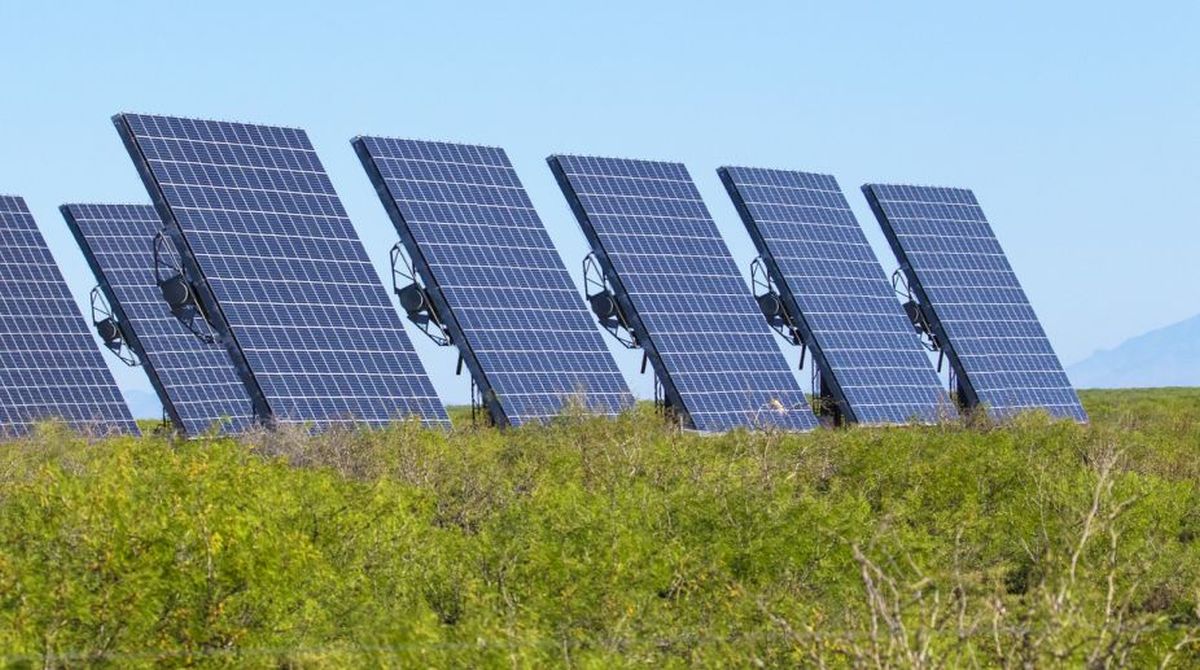Since its introduction in 2008, the use of solar energy in India has increased gradually. This new source of energy promised to provide electricity without degrading the environment or depleting natural resources. Despite the rapid economic growth in the country, the majority of India’s population remains extremely poor.
About 75 million of the world’s 300 million people who live without electricity are Indians, while many in the remaining population only receive electric power for a few hours a day. Generating around 1.6 tons of carbon each year, India currently stands as the third largest producer of carbon in the world. With the increase in population growth, carbon emissions have been predicted to rise rapidly too.
Moreover, almost 60 per cent of India’s electricity supply is attributed to coal-fired power stations that are highly polluting and inefficient. To combat this situation, Prime Minister Modi had pledged to bui ld 100 gigawatts of solar-based power by 2022. He had also collaborated with France’s Francois Hollande to create an International Solar Alliance. Additionally, a global funding of $1 trillion was set as the goal for investments in solar energy. However, the Modi government’s promise of solar energy seems to have lost i ts momentum.
India’s renewable energy capacity till December 2017 was only 62.84 GW, while the Ministry of New and Renewable Energy (MNRE) has also been failing to utilize allocated funds for the past two years. This under-utilization of funds can be seen in the slow research and development of renewable technology as well.
India has recently witnessed a steep decline in its solar market. According to a respected research study conducted this year, there was a downswing of 52 per cent in solar installations around the country in 2017. The imposition of a 25 per cent safeguard duty on solar panel cells imported from China and Malaysia is one of the major reasons behind this recent decline.
This imposition has severally dampened bidders for new solar projects, owing to the rise in prices of solar modules. While this duty has been imposed for two years to protect domestic manufacturers, India only has six makers of solar modules with a total capacity of 3000 MW. This is grossly insufficient to meet the national demand.
Secondly, the new goods and services tax (GST) imposed on the solar module manufacturing industry has resulted in manufacturers paying a higher amount of GST while procuring raw materials. This model has imposed different GST rates on various components of a solar project. While solar modules attract 5 per cent GST, invertors and batteries attract imposition of 18 and 28 per cent GST respectively. Such a condition has caused confusion regarding application of different GST rates, hindering the ongoing projects and obstructing the target achievement.
The rise in photovoltaic module prices internationally has also directly impacted solar projects in India. Developers in the country had been modelling their auction bidding strategies on the assumption of declining Chinese module prices. This assumption had not foreseen the rise in Chinese pricing and thus prompted fewer bidders to take up new projects. Additionally, the demand for the imposition of anti-dumping duties by local manufacturers in India ultimately resulted in subdued bidding of solar projects.
Moreover, existing projects have been reported to be under-performing due to breakage of modules and other external factors. The ‘rooftop’ solar programme initiated in the country has not been successful given the high cost of installing solar plants on the roofs of commercial and residential buildings.
Accordingly, India’s target of generating 100 GW of solar power seems like a distant reality. While the rise of duties implies a rise in solar tariffs, benefitting the domestic economy, it will also make solar power less attractive to consumers. Tariffs may boost the domestic economy, as a part of the ‘Make in India’ endeavor. But the Modi government also needs to focus on its promises of curbing carbon production.
The writers are, respectively, a final year law student and professor of law at the Jindal Global Law School, Sonipat.












